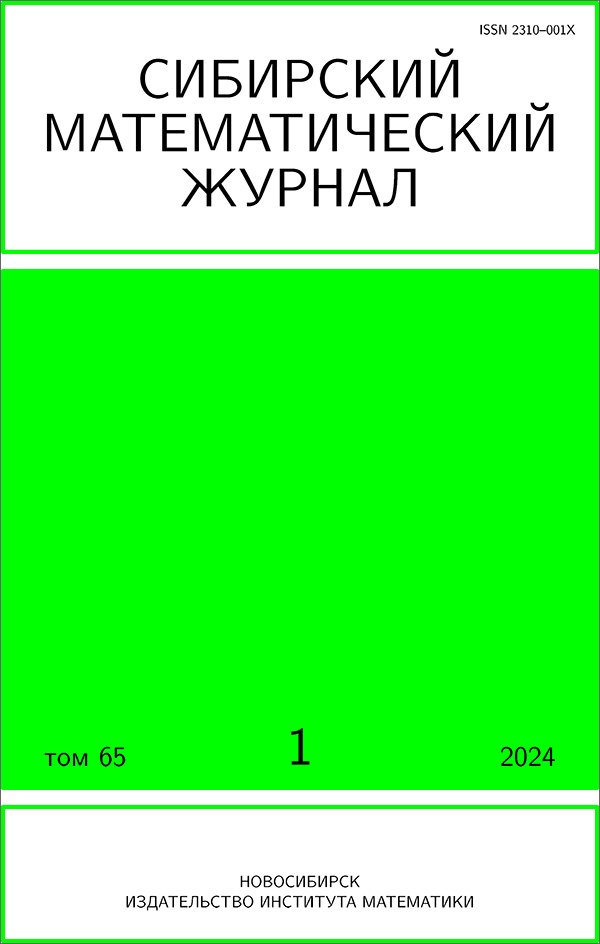|
This article is cited in 3 scientific papers (total in 3 papers)
Describing neighborhoods of $5$-vertices in a class of $3$-polytopes with minimum degree $5$
O. V. Borodin, A. O. Ivanova, D. V. Nikiforov
Sobolev Institute of Mathematics, Novosibirsk, Russia
Abstract:
Lebesgue proved in 1940 that each $3$-polytope with minimum degree $5$ contains a $5$-vertex for which the set of degrees of its neighbors is majorized by one of the following sequences
$$
\begin{gathered}
(6,6,7,7,7),\ (6,6,6,7,9),\ (6,6,6,6,11),\\
(5,6,7,7,8),\ (5,6,6,7,12),\ (5,6,6,8,10),\ (5,6,6,6,17),\\
(5,5,7,7,13),\ (5,5,7,8,10),\ (5,5,6,7,27),\ (5,5,6,6,\infty),\ (5,5,6,8,15),\ (5,5,6,9,11),\\
(5,5,5,7,41),\ (5,5,5,8,23),\ (5,5,5,9,17),\ (5,5,5,10,14),\ (5,5,5,11,13).
\end{gathered}
$$
We prove that each $3$-polytope with minimum degree $5$ without vertices of degree from $7$ to $10$ contains a $5$-vertex whose set of degrees of its neighbors is majorized by one of the following sequences: $(5,6,6,5,\infty)$, $(5,6,6,6,15)$, and $(6,6,6,6,6)$, where all parameters are tight.
Keywords:
plane graph, structure properties, $3$-polytope, neighborhood.
Received: 11.05.2017
Citation:
O. V. Borodin, A. O. Ivanova, D. V. Nikiforov, “Describing neighborhoods of $5$-vertices in a class of $3$-polytopes with minimum degree $5$”, Sibirsk. Mat. Zh., 59:1 (2018), 56–64; Siberian Math. J., 59:1 (2018), 43–49
Linking options:
https://www.mathnet.ru/eng/smj2953 https://www.mathnet.ru/eng/smj/v59/i1/p56
|


|





 Contact us:
Contact us: Terms of Use
Terms of Use
 Registration to the website
Registration to the website Logotypes
Logotypes








 Citation in format
Citation in format 
